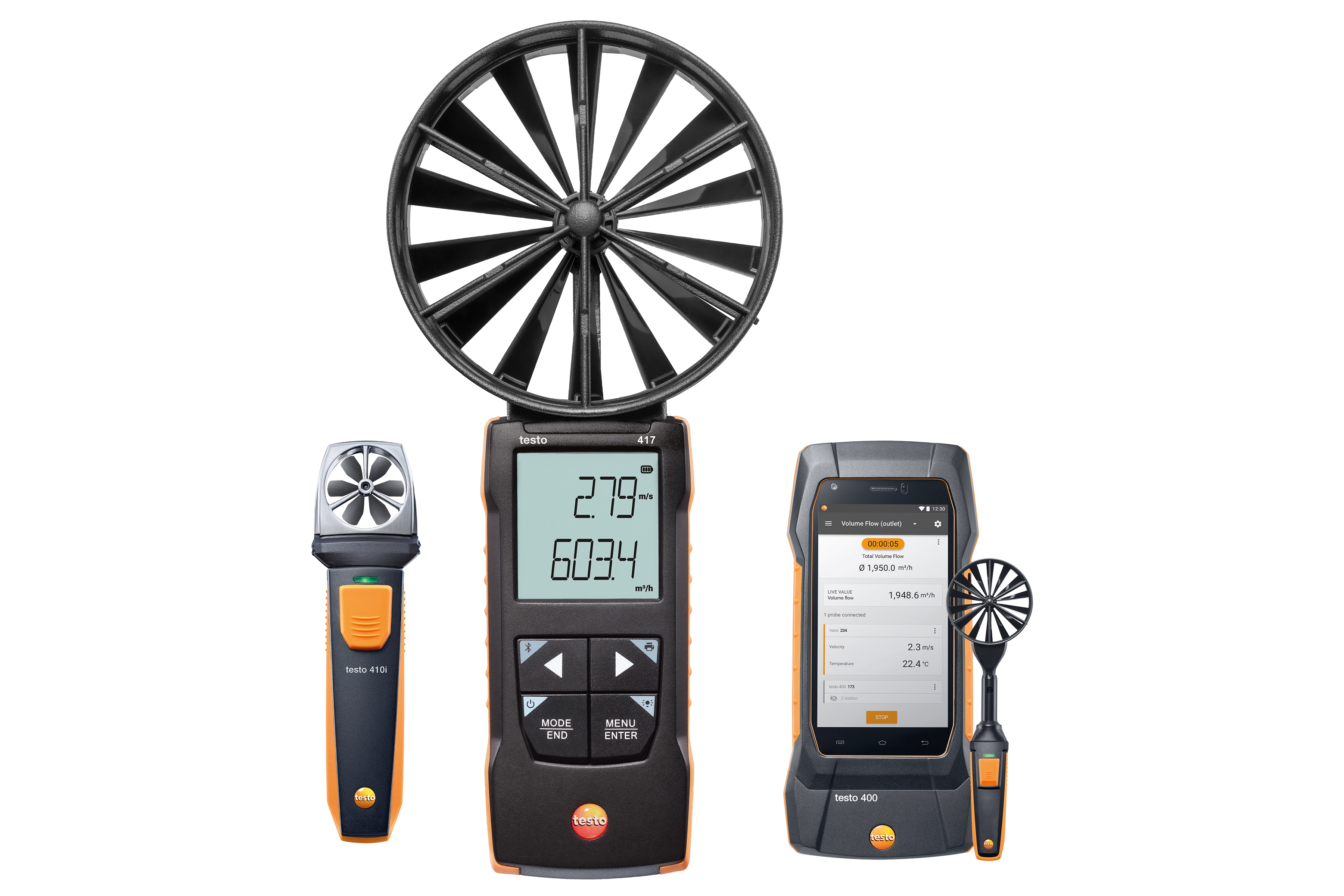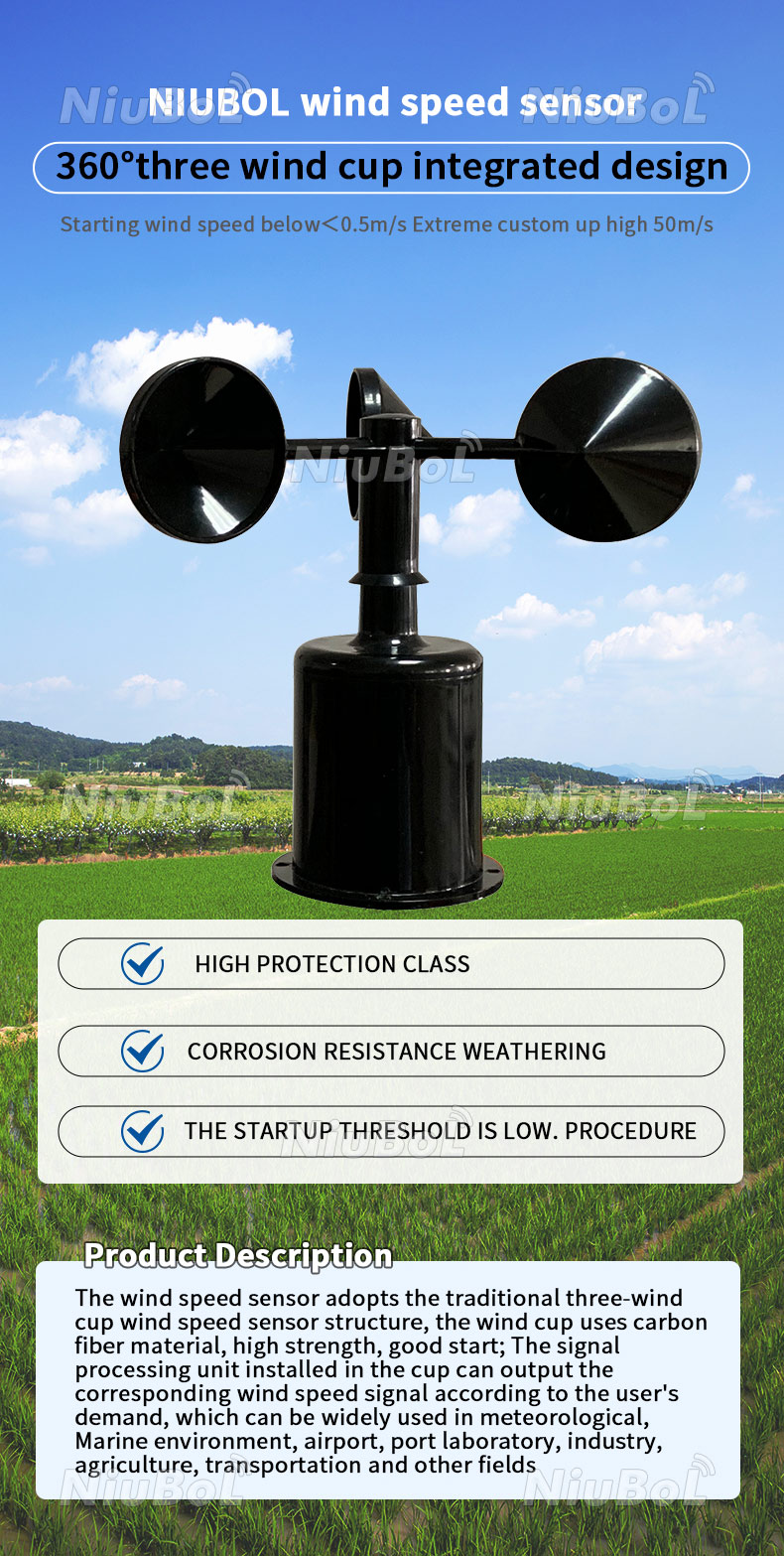How to Keep and Care for Your Anemometer to Make Certain Durability
How to Keep and Care for Your Anemometer to Make Certain Durability
Blog Article
All You Required to Know Regarding Anemometers: How They Function, Why They Issue, and Where to Make use of Them
Anemometers, though frequently forgotten in the world of scientific tools, play an important function in various areas, offering useful understandings right into wind speed and air movement patterns. Comprehending the auto mechanics behind these devices is necessary for anyone seeking to harness the power of this information. From meteorologists tracking weather patterns to designers developing structures with wind lots in mind, the applications of anemometers are far-reaching and diverse. As we delve right into the details of anemometer modern technology, we will certainly uncover the internal workings of these tools, their importance, and the vital factors to consider when selecting the ideal anemometer for specific applications.

Anemometer Essentials
A crucial tool used to measure wind rate and instructions, the anemometer plays a critical function in meteorology and numerous industries. An anemometer usually consists of three or 4 cups that turn in the wind, a vane that points into the wind, and sensors to track the turnings or activities.
There are numerous sorts of anemometers readily available, consisting of cup anemometers, vane anemometers, hot-wire anemometers, and sonic anemometers, each with its special attributes and applications. Mug anemometers are generally utilized for fundamental wind speed measurements, while vane anemometers are favored for directional measurements. Hot-wire anemometers are appropriate for low airspeeds, and sonic anemometers are ideal for high-precision measurements in research study and commercial settings. Recognizing the fundamentals of anemometers is important for precise wind information collection and analysis across various fields.
Principles of Anemometer Procedure
Building on the fundamental understanding of anemometer essentials, the concepts of anemometer operation illuminate the auto mechanics behind wind rate and direction dimensions. Anemometers operate on the principle of airflow impacting a sensor, causing it to revolve. Mug anemometers, for instance, have three or more cups that capture the wind, creating them to spin faster as the wind speed boosts. The turning rate is after that exchanged a wind speed dimension. Vane anemometers, on the various other hand, use a tail or a probe that straightens itself with the wind instructions, offering a measurement of wind instructions based on the orientation of the sensing unit. Hot-wire anemometers depend on a heated cord that cools down as wind overlooks it, with the price of cooling down establishing the wind rate. Ultrasonic anemometers measure wind speed and direction by assessing the moment it considers ultrasonic signals to take a trip between transducers. Comprehending these principles is vital for precise and trustworthy wind dimensions in numerous applications.
Significance of Anemometers
The relevance of anemometers in weather forecasting and different markets can not be overemphasized. Anemometers play a vital role in measuring wind speed and instructions, supplying vital information for weather forecasting, environment research studies, environmental surveillance, and aeronautics procedures. Meteorologists depend on anemometers to collect exact wind data, aiding them comprehend weather condition patterns, anticipate storms, and issue timely cautions to the general public. In sectors such as construction, farming, renewable resource, and maritime operations, anemometers are made use of to optimize processes, make sure safety, and increase effectiveness. For instance, wind farm drivers make use of anemometers to evaluate wind conditions and optimize electrical power manufacturing from wind turbines. In the maritime field, anemometers help ship navigation by providing real-time wind info to captains, helping them make informed decisions to guarantee risk-free trips. Generally, anemometers are vital tools that contribute dramatically to safety and security, effectiveness, and informed decision-making in meteorology and a large range of markets.
Applications Throughout Various Industries
Applications of anemometers extend throughout diverse sectors, showcasing their adaptability and energy beyond meteorology. In the renewable resource market, anemometers play an essential role in evaluating wind problems for wind ranch placements, making certain find out optimal energy production. Industries like construction and mining use anemometers to check wind rates, essential for safety protocols, especially when working at heights or in open-pit mines where strong winds can position dangers. Anemometers are likewise indispensable in the aviation market, helping pilots in comprehending airspeed and wind instructions for secure liftoffs and landings. The maritime sector take advantage of anemometers for ship navigating, aiding sailors expect weather changes and adjust routes accordingly. In agriculture, anemometers assist farmers in taking care of crop spraying by providing real-time data on wind rate to avoid drift. Furthermore, anemometers find applications in a/c systems to optimize air movement and enhance energy effectiveness in buildings. The diverse use instances of anemometers emphasize their significance throughout different sectors, highlighting their important duty in boosting functional safety and efficiency (anemometer).

Selecting the Right Anemometer for Your Demands
Picking the appropriate anemometer customized to your certain needs is vital for obtaining precise wind rate and direction measurements. When picking an anemometer, think about elements such as the designated application, required dimension variety, ecological conditions, and wanted attributes. For general purposes, a cup anemometer appropriates for determining wind rate, while a vane anemometer gives wind instructions data. Hot-wire anemometers are perfect for reduced airspeed dimensions, and ultrasonic anemometers supply high accuracy and resilience.

Verdict
In conclusion, anemometers play a vital role in measuring wind speed and direction across various sectors. Understanding the principles of anemometer operation is necessary for choosing the ideal gadget for certain demands. From weather forecasting to air travel, anemometers are essential devices for guaranteeing and gathering accurate information security in different applications. When selecting the most suitable gadget for gauging wind conditions., it is crucial to take into consideration the importance of anemometers in order to make enlightened decisions.
There are various types of anemometers available, consisting of mug anemometers, vane anemometers, hot-wire anemometers, and sonic anemometers, each with its unique features and applications. Mug anemometers are frequently utilized for basic wind rate dimensions, while vane anemometers are useful content preferred for directional measurements. Hot-wire anemometers are ideal for reduced airspeeds, and sonic anemometers are optimal for high-precision dimensions in research study and industrial setups.Building on the fundamental understanding of anemometer fundamentals, the principles of anemometer operation clarify the mechanics behind wind speed and direction dimensions. For general objectives, a mug anemometer is suitable for determining wind speed, while a vane anemometer provides wind instructions data.
Report this page